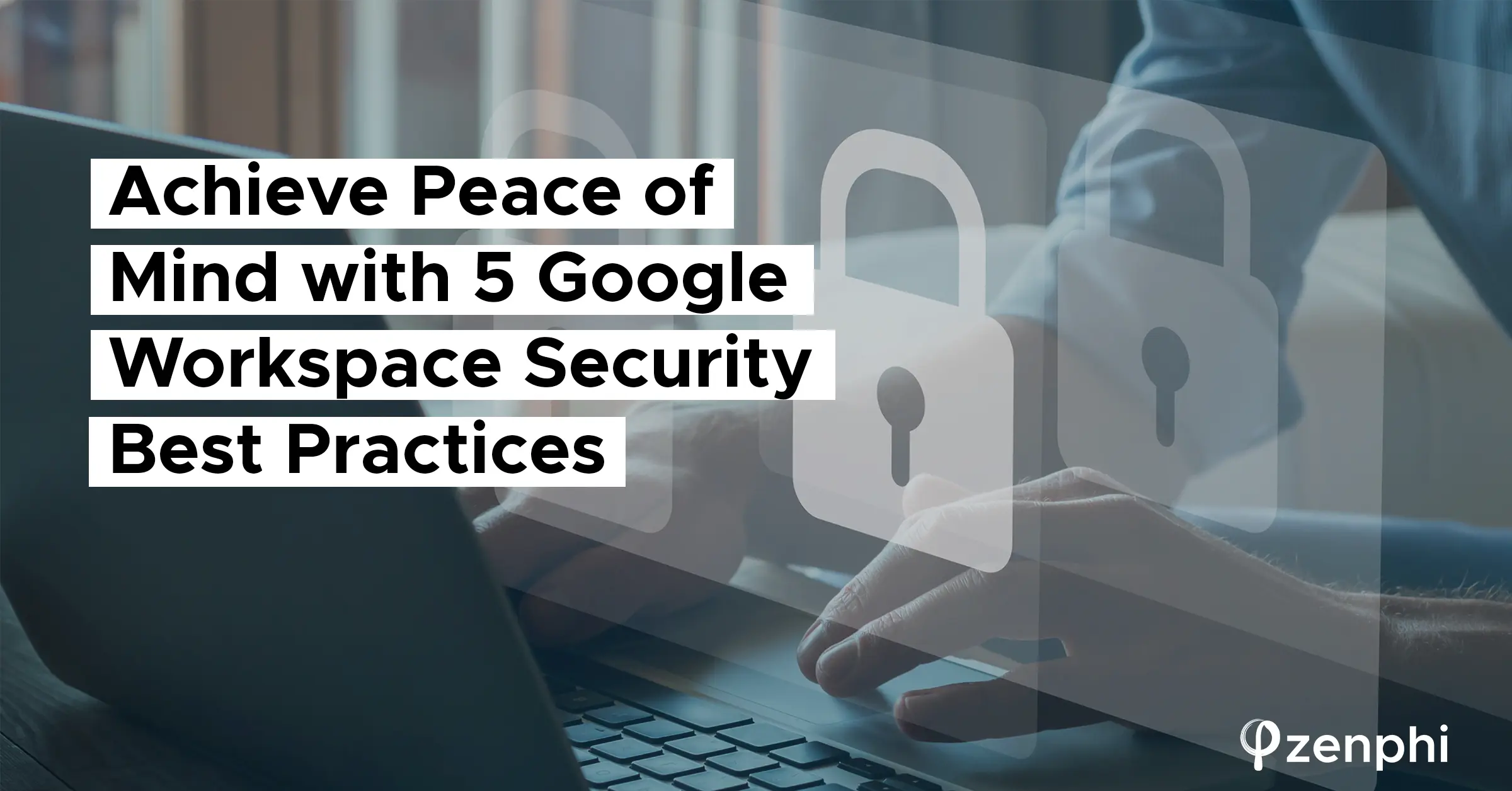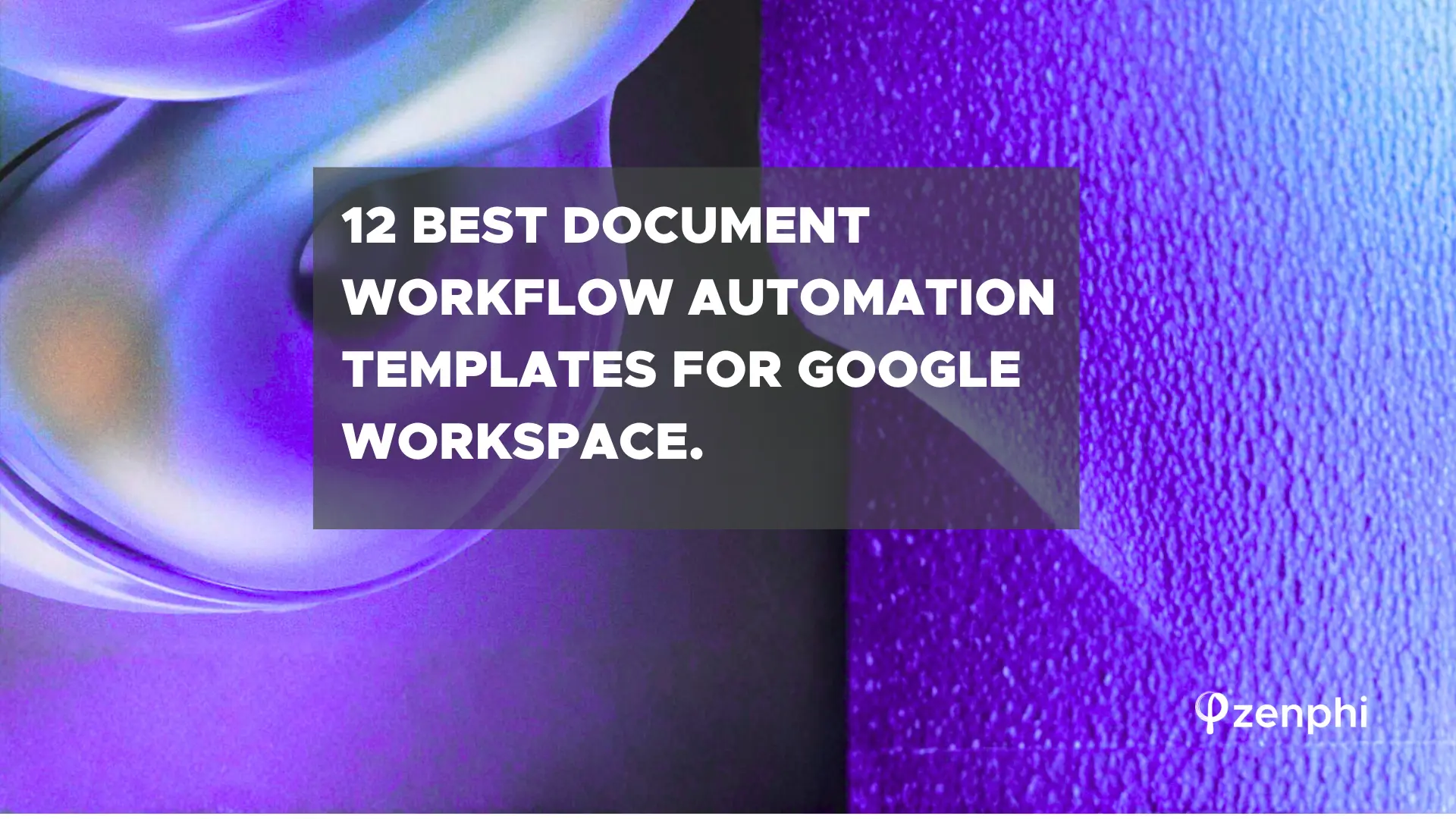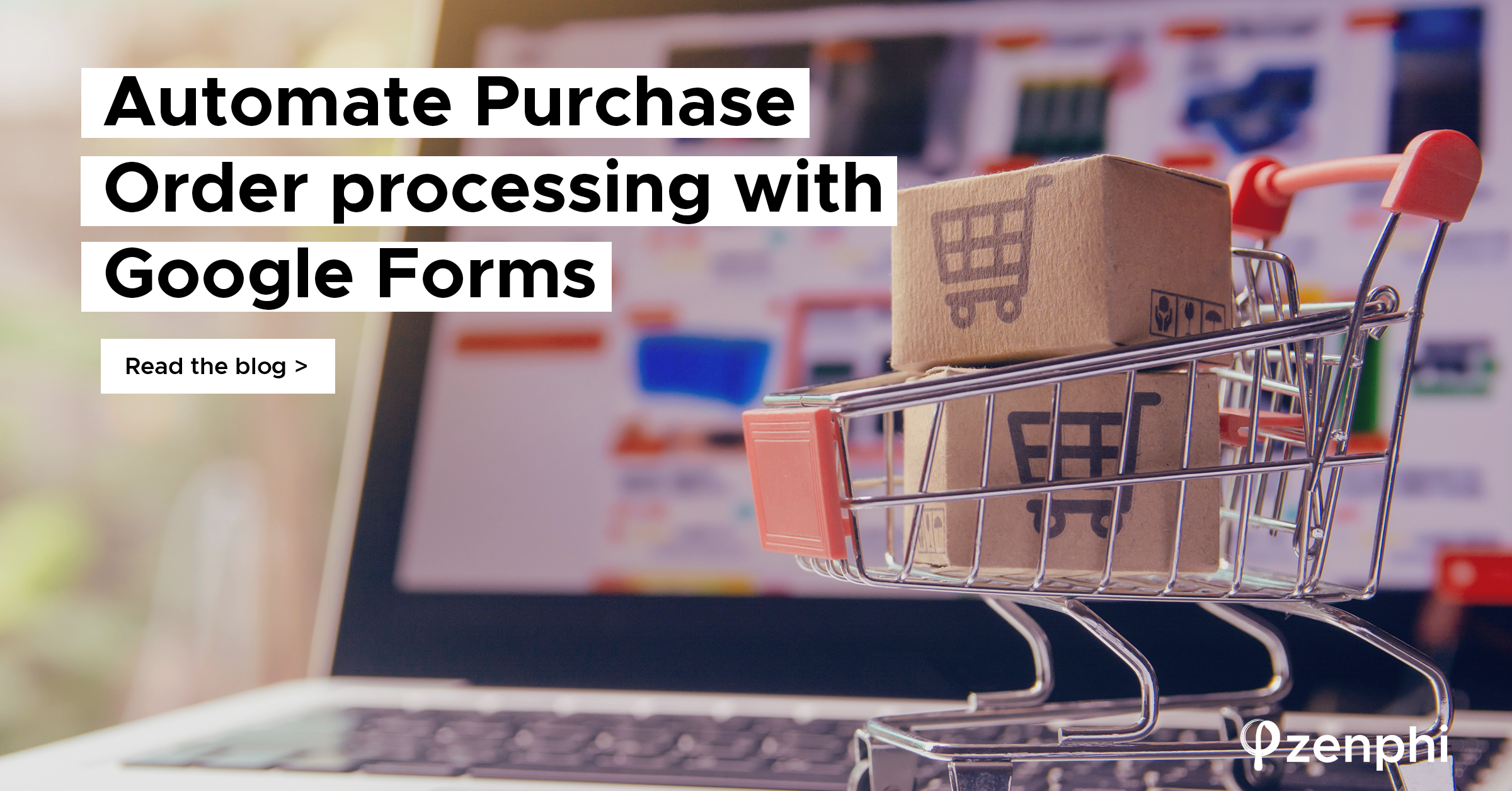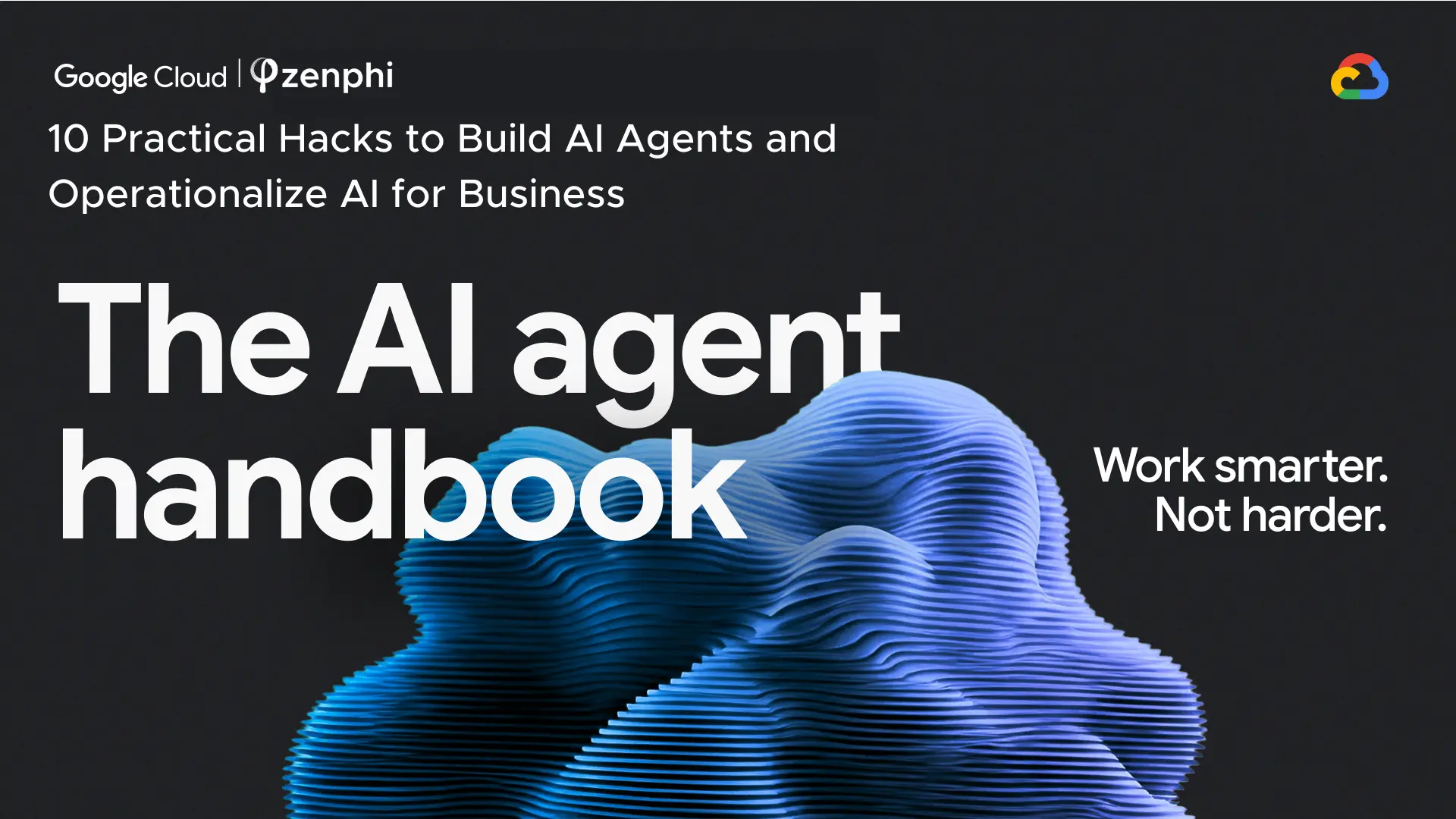For every Google Workspace Administrator out there, ensuring the security of your organization’s data is of utmost importance. While basic security measures like strong passwords and two-factor authentication are well-known, there are more powerful solutions available to secure your Google Workspace users and data. In this article, we will explore five Google Workspace security best practices that can provide you with peace of mind.

Tip 1: Audit your offboarding process
When it comes to safeguarding your organization’s data, there is one best practice we highly recommend above all others – auditing your offboarding process. Data breaches associated with former employees have affected approximately 20% of businesses, and a staggering 76% of IT leaders acknowledge offboarding as a significant security threat.
To ensure critical data remains protected, it is vital to promptly revoke user access and deprovision accounts when an employee departs the company. Regularly auditing the offboarding process is essential as it helps identify any potential gaps in security and allows you to maintain complete control over your Google Workspace environment.
It’s also a great practice to have a well-defined checklist for offboarded employees’ user accounts. This is essential for ensuring proper management and security. For example, Google offers the following recommendations to help you establish an effective offboarding process.
However, for larger organizations, implementing an automated employee offboarding system would be more efficient. It helps streamline the process to save valuable time, fosters better collaboration between HR and IT teams, and ultimately fortifies data security by minimizing the risk of human error.
Tip 2: Audit your onboarding process
Once you’ve established a robust offboarding process, it’s equally crucial to focus on securing your Google Workspace right from the very beginning – during the onboarding process. Providing new employees with the appropriate access rights and resources from day one is paramount for maintaining data security.
As a Google Workspace administrator you should meticulously assess each user’s role and responsibilities to ensure they receive the necessary access while preventing unauthorized privileges. Conducting a thorough review of your current onboarding procedures will help identify potential bottlenecks and errors that may arise from manual processes.
If your organization regularly onboards a significant number of employees, automating your Google Workspace employee onboarding processes is a wise decision. You can achieve this by leveraging Apps Script or implementing employee onboarding automation using a specialized no-code process automation platform. Doing so will not only save you valuable time but also simplify your life by eliminating the complexities of code maintenance, leaving you with peace of mind and a smoother onboarding experience for your employees.
Tip 3: Embrace Google Groups
Google Groups are indispensable tools for Google Workspace administrators seeking efficient ways to manage data and access within their organization. By organizing users into logical groups, you gain a powerful mechanism to control permissions and streamline collaboration effectively.
Instead of assigning access to individual users separately, Google Groups allow you to allocate appropriate access levels to specific groups. This ensures that sensitive information is accessible only to authorized individuals, reducing the risk of data leaks or unauthorized access.
Moreover, embracing Google Groups simplifies user management, making it easier to maintain a secure and organized Google Workspace environment. With the ability to manage access at the group level, administrators can efficiently add or remove users from relevant groups as their roles and responsibilities change, ensuring data security remains a top priority throughout your organization.
Tip 4: Automate Google Drive Shared File Audits: A Crucial Google Workspace Security Best Practice
When it comes to securing your Google Workspace, Google Drive is a pivotal aspect to consider, as it often houses a significant amount of your organization’s sensitive data. While Google Drive facilitates seamless file sharing and collaboration both internally and externally, unauthorized external sharing of files, folders, or shared drives poses a considerable risk of data leakage.
Manually monitoring external file sharing can be labor-intensive, error-prone, and may lead to compliance and data privacy issues. To proactively stay on top of potential security threats, we recommend automating Google Drive shared file audits.
While there are several methods available, such as writing custom scripts or using off-the-shelf solutions, these approaches may present challenges. Off-the-shelf solutions may require aligning your processes to fit the tool, potentially leading to sub-optimal solutions, and using scripts would need longer implementation times, and ongoing maintenance hassles.
The most efficient and flexible solution is to utilize a no-code process automation platform tailored for Google Workspace administrators, such as zenphi. With zenphi, you can effortlessly track file sharing activities, detect unusual patterns, and identify potential data exposure risks. Moreover, it enables you to take immediate actions, such as revoking malicious accesses automatically.
Learn how zenphi can empower you to automate a customized workflow that promptly identifies external access to files, folders, and shared drives, and efficiently resolves data leaks – all in just 10 minutes, without requiring any coding expertise – by watching the recording of our recent webinar.
Tip 5: Deploying Google Workspace Data Loss Prevention (One of the Must-follow Google Workspace Security Best Practices)
Google Drive Data Loss Prevention (DLP) is a powerful tool that provides an additional layer of protection against data leaks and breaches.
With Google Drive DLP, you can define and implement smart policies that prevent any accidental sharing of sensitive information. It’s like having a super-smart watchdog scanning files for stuff like credit card numbers or personally identifiable information. And when it spots something suspicious, it springs into action, either blocking the action or giving a heads-up to your trusty administrators.
By deploying Google Drive DLP, you’ll be supercharging your organization’s security and gaining greater control over data protection. So, if you want to dive deeper into DLP and check if it’s included in your Google Workspace subscription, follow this link.
Eager for more Google Workspace security best practices?
We hope you found these Google Workspace security best practices useful, and we encourage you to implement at least one of them into your daily routine to witness the positive results firsthand.
When it comes to Google Workspace security, starting with optimizing processes that require less effort but yield the most significant outcomes is highly beneficial, especially when resources are limited.
If you’re eager to achieve more with less and enhance the security of your Google Workspace environment while saving time and boosting productivity, don’t hesitate to book a call with the zenphi team. Discover how you can leverage the power of a no-code process automation platform and take your data protection to the next level. Together, we can ensure a safer and more efficient workspace for you and your team!



